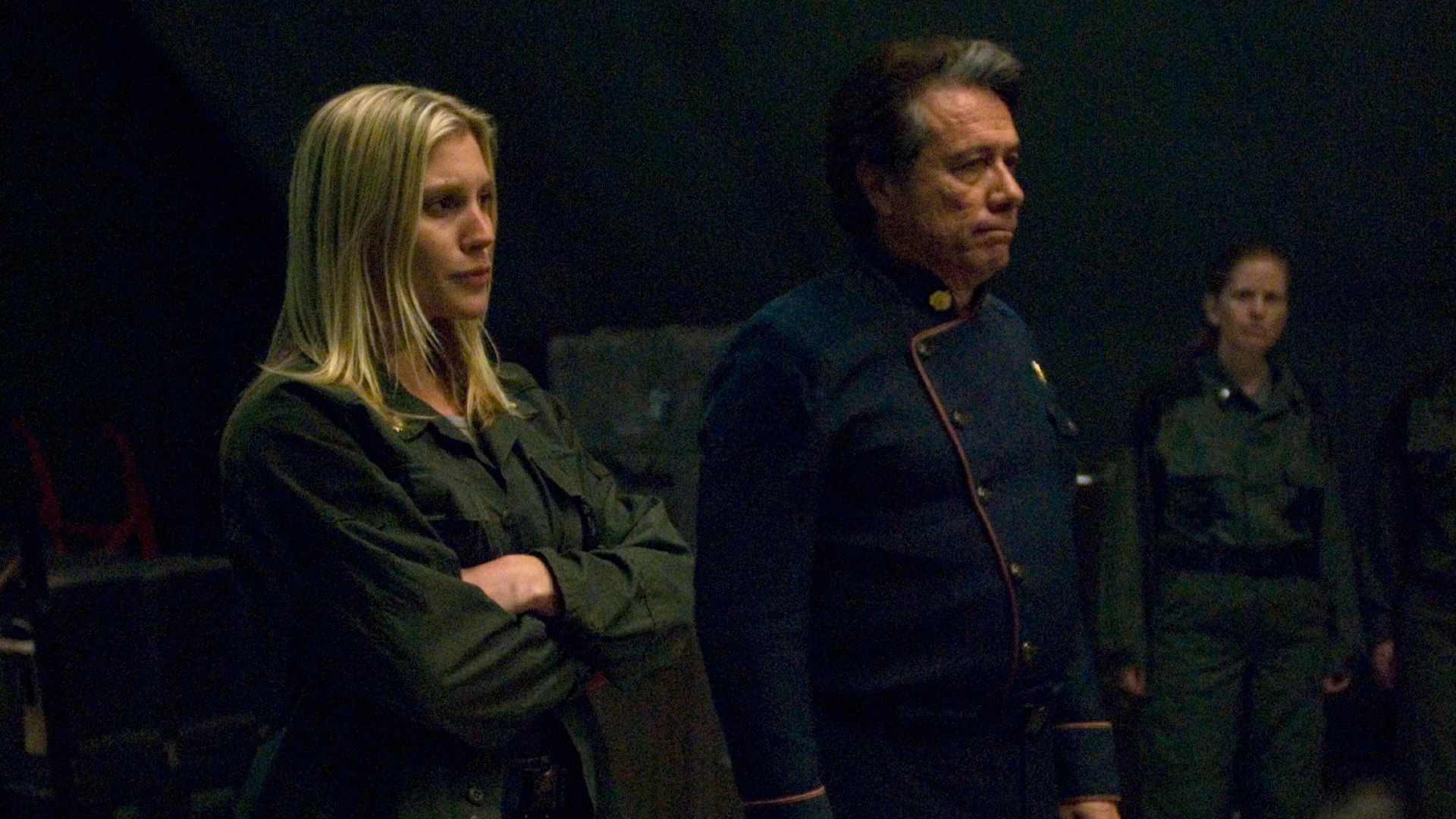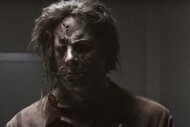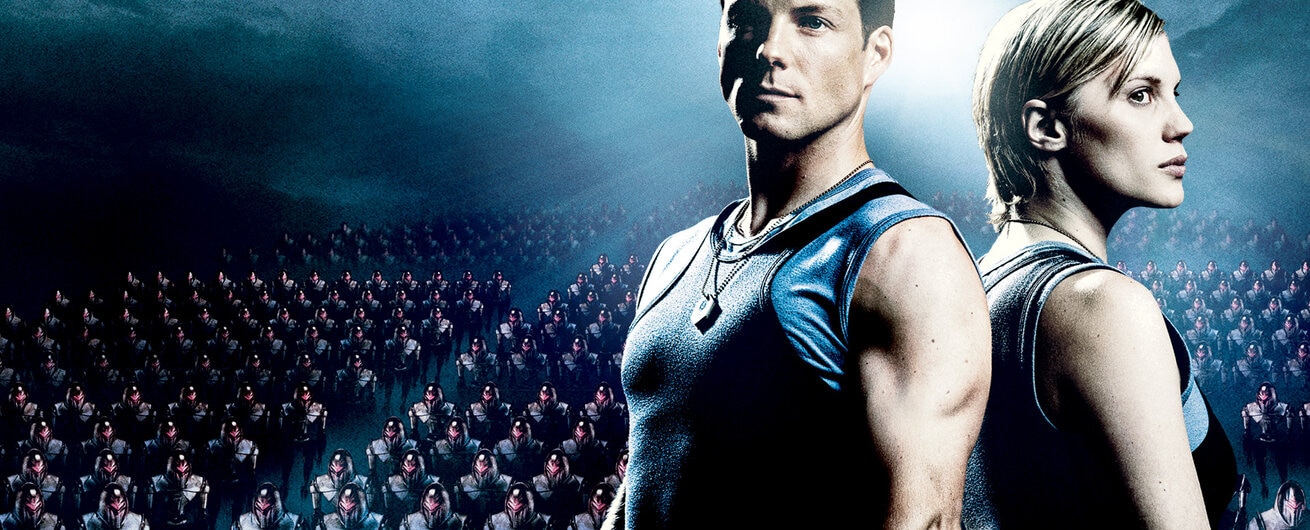Create a free profile to get unlimited access to exclusive videos, sweepstakes, and more!
Ronald D. Moore breaks down his 'challenging' 4-hour original cut of the Battlestar Galactica finale

A little more than a decade ago, Battlestar Galactica aired its three-part series finale over the course of two weeks, closing a chapter of sci-fi history that was both unexpected and, by the time it was all over, immensely influential. Whether you like how the show concluded its epic story of humanity's survival in what turned out to be our own distant past or not, it's hard to argue the level of ambition applied to those final hours of the series. According to series creator Ronald D. Moore, though, his original plans for the Battlestar finale were actually even more ambitious.
You may recall that the original runtime of "Daybreak," the series finale that included one regular episode and then a double-length conclusion a week later, was quite long when it first aired. The broadcast cut comes in at nearly two-and-a-half hours, and the extended cut put together for the DVD and Blu-ray release later added even more footage. In a new interview with Collider, Moore explained that these cuts, even the extended home video one, were actually shorter than his original vision. When it was originally scripted, "Daybreak" was both longer and much more intricate in its structure, which relied even more heavily on flashbacks that the final product.
“The original cut was probably closer to four hours. There was a different structure in the script than what ended up on screen. The structure in the script was much less linear – it was very non-linear," Moore said. "I was doing flashbacks and current stuff and mixing up the flashbacks. You would see the end of Laura’s story before you saw the beginning of it and then you’d come back to the present. Then you’d see another piece of Adama’s story. It was really very challenging. When you read it…it was like “Wow!” It was really a huge thing to wrap your mind around. Everyone got really excited about it."
You may recall that the broadcast cut of "Daybreak" includes flashbacks to life in the Twelve Colonies before the Cylon attack, but they're presented at the beginning of each installment of the finale rather than more heavily interspersed into the narrative. So, what convinced Moore to straighten the timeline out a bit?
"When you laid it out like that in film it was really hard to follow," he explained. "As much as I wanted it to work, people around me were going 'I’m not sure it works. Maybe you should make it linear.' Then I started feeling like maybe you’re right. So it just became a more linear piece in that all the flashbacks lined up chronologically instead of doing them all the flashbacks out of order. Once you did that it changed the fundamental structure. There were some scenes that worked and some scenes going too long. So that’s the difference between the four hour and the three hour was. It was really just changing the structure, tightening up, and making the usual cuts and edits you do on almost any piece of film to just get it down to its fighting weight.”
Even without Moore's nonlinear structure to hang the story on, "Daybreak" remains a truly massive piece of television packed with major and minor developments, and even some of those strange bits of seemingly divine inspiration that would occasionally push Battlestar out of the realm of sci-fi and into the realm of the magical ("There must be some kinda way outta here"). Over the course of its three parts the story covered everything from a Cylon truce to a rescue mission to a battle at a black hole and, finally, the arrival on our own prehistoric Earth. There's even an epilogue set tens of thousands of years later, in our present. Even by Galactica standards it's a lot, so perhaps Moore was right to ditch his ambitious plans to play with the timeline. Still, he's not necessarily opposed to revisiting that original cut, even if it did turn out to be a bad idea.
“I frankly haven’t seen it myself since that initial viewing. I probably have it burned on a DVD someplace. I’m sure if I asked Universal where the masters are they’d say, 'oh yeah we have all the masters in a salt mine somewhere' and then they’d never be able to find them. It exists," Moore said. "It was put together that way. It would be fun to watch it again. There is also a version of the mini-series that was never seen to that was much longer. But a lot of times longer is not better. I’m used to watching original directors cuts and early cuts of episodes and movies and they’re always long but that doesn’t mean that they’re better. They just have more stuff and some of that stuff just needs to go because it’s not working or the joke is not playing. A lot of the editing of these things is really to its betterment. But, that said, I wouldn’t mind…it’d be kind of a hoot to find the original cut and take a look at it.”



























